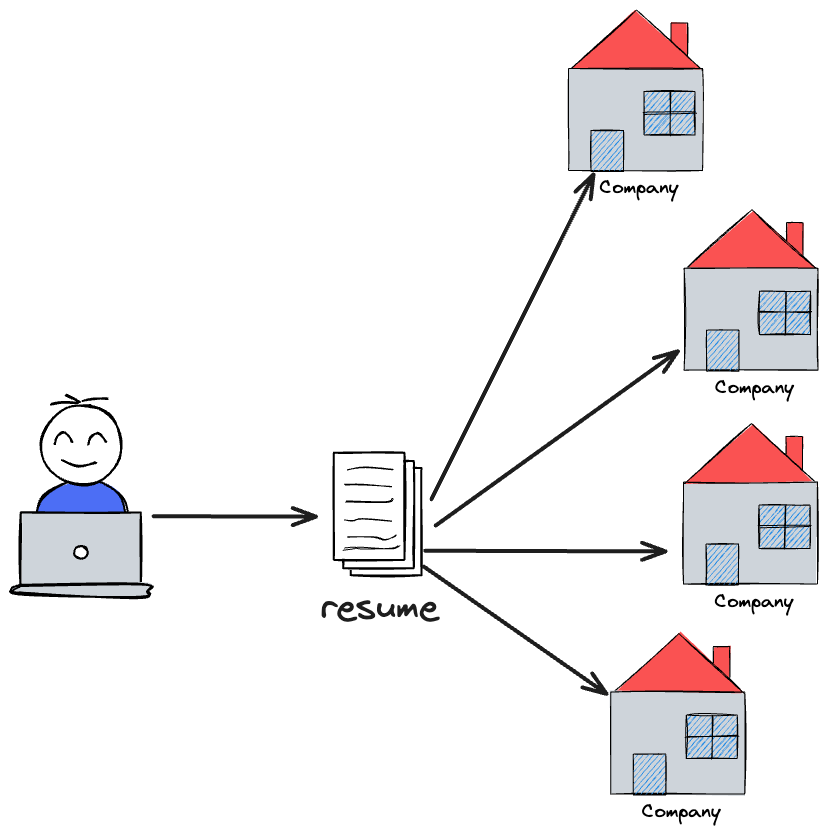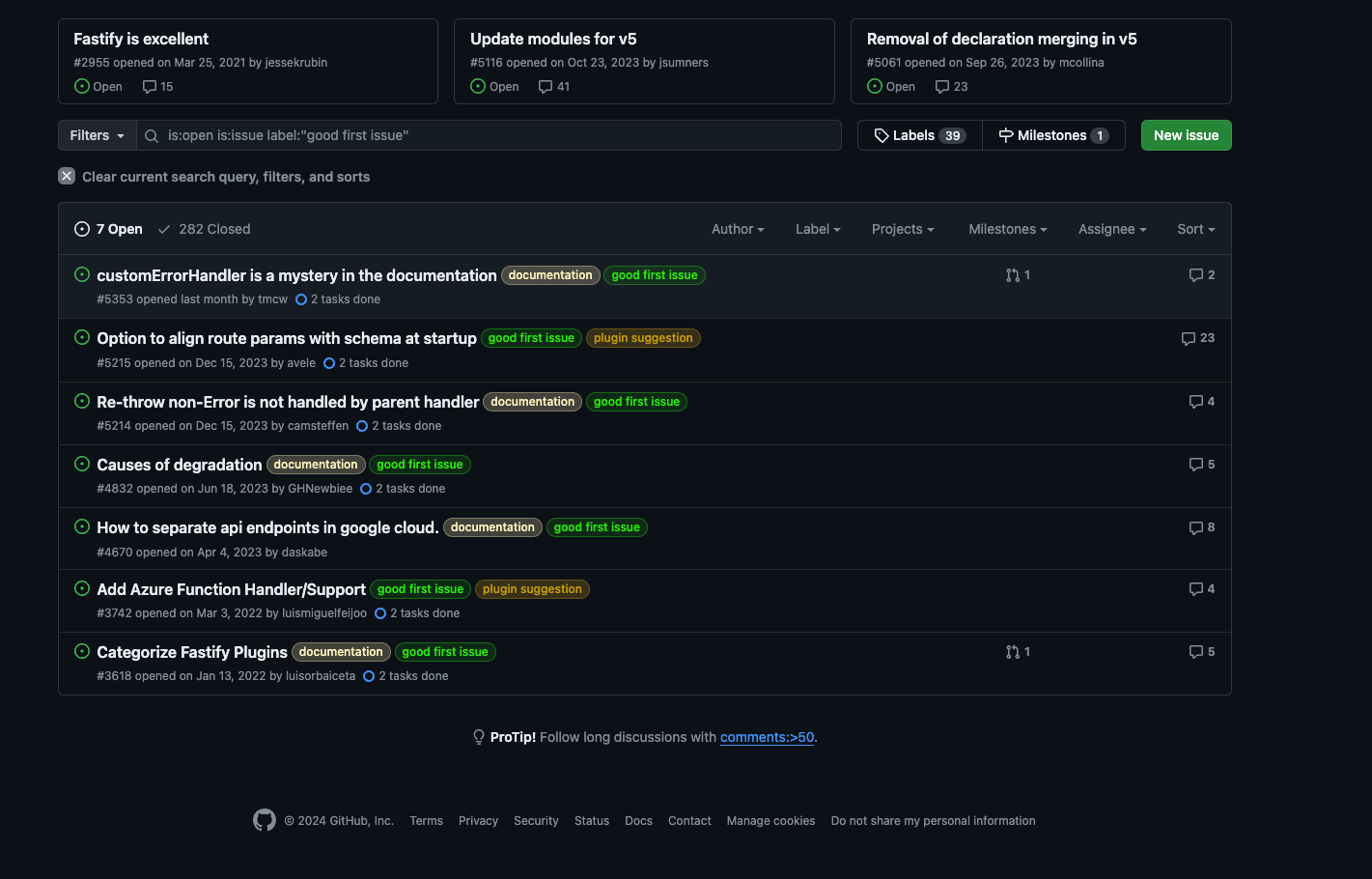The Ultimate Guide to Landing Your First Software Engineering Job at a Tech Startup: Open Source
Open Source is the best way to land your first job to a tech startup, here's why.

Looking for a job as a software engineer in the last few years seems fantastic.
You have so many opportunities to choose from. The job market is filled with open positions, and new tech companies come every week.
Remote working made it even better.
After COVID, many more companies started considering remote working. So, now, you don’t need to worry about relocation or looking for jobs in your city. The only thing you have to do is send your resume and wait.
This is how you enter the Rejection Hell.
Escape the Rejection Hell
The Rejection Hell is when you send your resume to tens of companies and either don’t get any response or get rejected.
Companies receive hundreds of resumes, especially big companies. You are just one of them. Some companies also use tools to analyze resumes, so there is a high chance that your resume doesn’t reach the human eye before rejection.
To avoid this issue, some people spend hours and hours trying to improve their resume.
Improving your resume is always a good thing. It is your presentation, and it will be used at some point. But fixing your resume is not the solution to escape the Rejection Hell.
The solution is to make companies ask you to send them your resume.
Open Source
Open Source is the best time investment you could ever make as a software engineer.
Contributing to Open Source has several advantages, especially if you want to find a new job. People who contribute to Open Source usually do that in their free time. This means they are passionate about code since they keep doing it during the weekend or after their day-to-day job.
Open Source contributors are better developers.
Developers contributing to Open Source are usually better coders. It’s like for musicians. Can you imagine a musician being shy about the music they create?
Open Source helps you build connections.
Contributing to Open Source will allow you to speak with other developers. Open Source is based on Pull Requests. When you open a Pull Request, maintainers will add comments to your code.
This interaction is crucial to Open Source and will significantly help you grow.
How to Start Contributing to Open Source
To start contributing to Open Source, follow these steps.
1. Start with what you use
Most libraries and frameworks you use in your day-to-day job are open-source.
Some people consider dependencies as black boxes. They read the documentation and use them, nothing more. Have you ever explored the GitHub repository of a library you use? Have you ever opened an issue when you found a bug?
Explore the source code of a library you use every day.
2. Start big to go small
Making your first contribution to a big project might not be easy.
My suggestion is to start with a small library or tool. The easiest way to find one is to start from a big project and explore its ecosystem. If, for example, you start with a framework, there is a high chance that someone developed a plugin or a library to extend the functionalities of that framework. That’s your target.
I started with Fastify a few years ago. I started with the fastify-cli, and then I moved to other plugins.
Start with a plugin or a library created for a framework.
3. Read the CONTRIBUTING sections
Maintainers usually write sections to help you develop inside their projects.
Reading those sections is crucial before doing anything else. You might waste time building a library or running tests if you don’t read the documentation. Sometimes, that section is included in a file called “CONTRIBUTING.md,” while sometimes it is included in the “README.md” file.
Read the guide to contribute before starting work.
4. Improve tests
Tests are one of the best ways to start contributing to a project.
Reading the tests will help you understand how the code works. Adding tests is usually easier than changing the code itself. Adding a new use case to a test can be very helpful while it is an easy task.
Adding tests is an easy task that will help you understand the code.
5. Good First Issue
Maintainers mark easy-to-solve issues with a specific label “good-first-issue.”
When you see that label on an issue, you can jump into it. The project owners already know the solutions to that issue and left it open just for people to make their first contributions. When you go into a project, filter using that label to find an issue to solve:
Why Open Source is Key
Contributing to Open Source will be the first step to creating an online presence.
Your goal is to make companies, recruiters, and, ideally, other developers approach you without looking at your resume. You want people to see how you work and how you write code. Contributing to Open Source is the best start.
Asking for your resume should be a formality.






Thanks for bringing this up, Alessandro!
I'm a fan of contributing to open source.